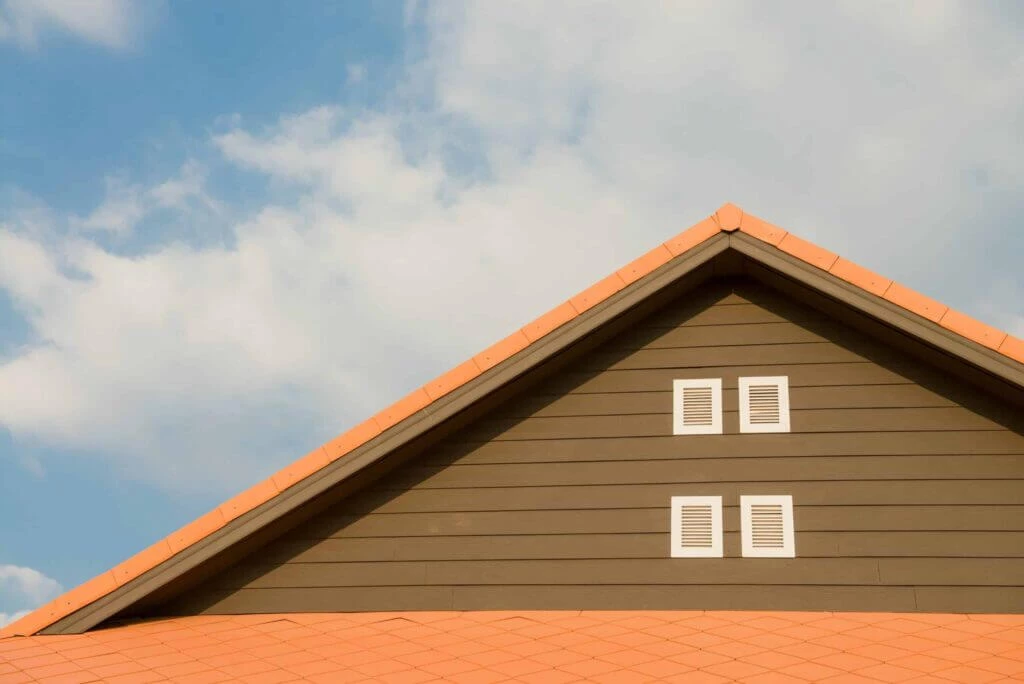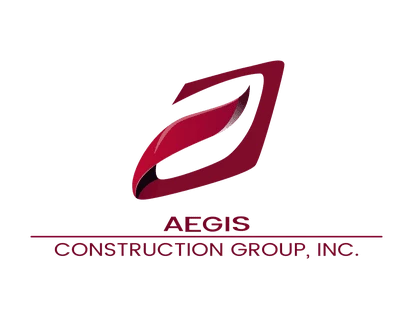Metal roofing is becoming increasingly popular due to its many benefits over traditional roofing materials. Metal roofs are strong, durable, and long-lasting, with an average lifespan of 40-70 years, depending on the material and maintenance. They are also fire-resistant, energy-efficient, and environmentally friendly, as they can be recycled at the end of their life. Additionally, metal roofs can enhance the curb appeal of a home or building with a range of finishes and colors available.
Metal roofing is a modern and durable roofing solution that is becoming increasingly popular among homeowners and commercial building owners. Made from various metals, including steel, aluminum, copper, and zinc, metal roofs offer many benefits over traditional roofing materials, such as longevity, energy efficiency, and aesthetic appeal. In this informative blog, we will explore the advantages of metal roofing, the various types of metal roofing materials, the installation process, and maintenance tips to help you decide whether a metal roof is right for your needs.

Different Metal Roofing Materials
Steel Roofing
Steel is a popular roofing material due to its strength, durability, and affordability. It is available in a variety of gauges and can be coated with a variety of finishes, including paint and granules, to enhance its weather resistance and aesthetic appeal. Steel roofs can be installed in panels or shingles and can last up to 50 years with proper maintenance.
Aluminum Roofing
Aluminum is another popular roofing material due to its lightweight nature, corrosion resistance, and energy efficiency. It can be formed into various shapes and profiles, making it ideal for complex roof designs. Aluminum roofs can be coated with various finishes, including reflective coatings that help reduce heat absorption and lower energy costs. They are typically more expensive than steel roofs, but they can last up to 50 years with proper maintenance.
Copper Roofing
Copper is a premium roofing material that is prized for its beauty and longevity. It is a soft, malleable metal that can be formed into intricate shapes and details, making it ideal for architectural accents and historic restorations. Copper roofs can last up to 100 years or more with proper maintenance, and they develop a distinctive patina over time that adds to their character and charm.
Zinc Roofing
Zinc is a relatively new roofing material that is gaining popularity due to its durability, energy efficiency, and aesthetic appeal. It is a soft, malleable metal that can be formed into various shapes and profiles, making it ideal for complex roof designs. Zinc roofs can last up to 100 years with proper maintenance, and they develop a natural patina over time that enhances their weather resistance and visual appeal.
Each of these metal roof types has its own unique advantages and disadvantages, so it’s important to carefully consider your needs and budget when choosing a metal roofing material. Aegis Construction can help with selecting the correct metal roofing type that suits your needs and your budget.

Why Choose Metal Roofing?
Metal roofing is a popular and practical roofing solution that offers a wide range of benefits over traditional roofing materials. Below we will briefly discuss some reasons why you should choose metal roofing for your home or commercial building.
Longevity
Metal roofs have a long lifespan of 40-70 years, depending on the material and maintenance. This means you won’t have to worry about replacing your roof anytime soon and can enjoy peace of mind knowing your investment will last for many years.
Durability
Metal roofs are extremely durable and can withstand extreme weather conditions, such as high winds, heavy rain, and hail. They are also resistant to fire, rot, and mildew, making them an ideal choice for areas prone to natural disasters or extreme weather conditions.
Pest Resistance
Unlike traditional roofing materials, such as wood shingles or asphalt, metal roofs are not susceptible to pests, such as termites, rodents, or insects. This means you won’t have to worry about costly pest infestations or damage to your roof.
Safety
Metal roofs are a safe roofing option, as they are non-combustible and do not contribute to the spread of fire. They also offer better resistance to lightning strikes than traditional roofing materials, reducing the risk of fire or electrical damage.
Energy Efficiency
Metal roofs can help to reduce energy costs by reflecting the sun’s rays, keeping your building cooler in the summer, and reducing the need for air conditioning. They can also be insulated to improve energy efficiency and comfort.
Environmentally Friendly
Metal roofs are an environmentally friendly option, as they can be made from recycled materials and are fully recyclable at the end of their life. They also have a lower carbon footprint than traditional roofing materials and can help to reduce energy consumption and greenhouse gas emissions.
In conclusion, metal roofing is a practical, durable, and environmentally friendly roofing solution that offers a wide range of benefits over traditional roofing materials. With its long lifespan, energy efficiency, and pest resistance, a metal roof can be a smart investment for any home or commercial building owner.
Factors That Affect A Metal Roof’s Lifespan
The lifespan of a metal roof can be affected by several factors, some of which are within your control, while others are not. Here are some of the factors that can affect the lifespan of a metal roof:
· Weather Conditions: Extreme weather conditions, such as heavy rain, hail, snow, and high winds, can cause damage to a metal roof over time, leading to premature aging and deterioration. Exposure to UV rays can also cause fading and discoloration of the roof.
· Proper Installation: The quality of installation can affect the lifespan of a metal roof. If the roof is not installed correctly, it can lead to leaks and other damage, which can cause the roof to fail prematurely.
· Roof Color: The color of a metal roof can also affect its lifespan. Lighter-colored roofs tend to reflect more heat and UV rays, which can help to extend the lifespan of the roof.
· Climate: The climate in which the roof is installed can affect its lifespan. For instance, roofs in humid climates can be prone to rust and corrosion, while roofs in areas with heavy snowfall may be subject to damage from the weight of the snow.
· Maintenance: Proper maintenance is essential to extending the lifespan of a metal roof. Regular cleaning and inspection can help to identify and address any issues before they become major problems.
· Sun Exposure: Exposure to the sun can cause the roof to expand and contract, leading to damage over time. In addition, UV rays can cause the paint on the roof to fade and peel, which can reduce its lifespan.
· Growing Moss: The growth of moss on a metal roof can trap moisture, leading to corrosion and damage over time. This is especially true in wetter climates.
Key Takeaways
In conclusion, metal roofing is a viable alternative to traditional roofing materials for homeowners seeking a durable, energy-efficient, and aesthetically pleasing option. With proper installation and maintenance, a metal roof can last for decades, saving homeowners money on maintenance as well as energy bills. As sustainability becomes an increasingly important consideration for many homeowners, metal roofing’s recyclability and use of recycled materials make it an attractive choice.
Aegis Construction prides itself on delivering only the best roofing services to our customers. We can assist with advice regarding total roof replacement, roof repairs, insurance claims, and much more. Contact us today for assistance in choosing the right roofing solution for you.


